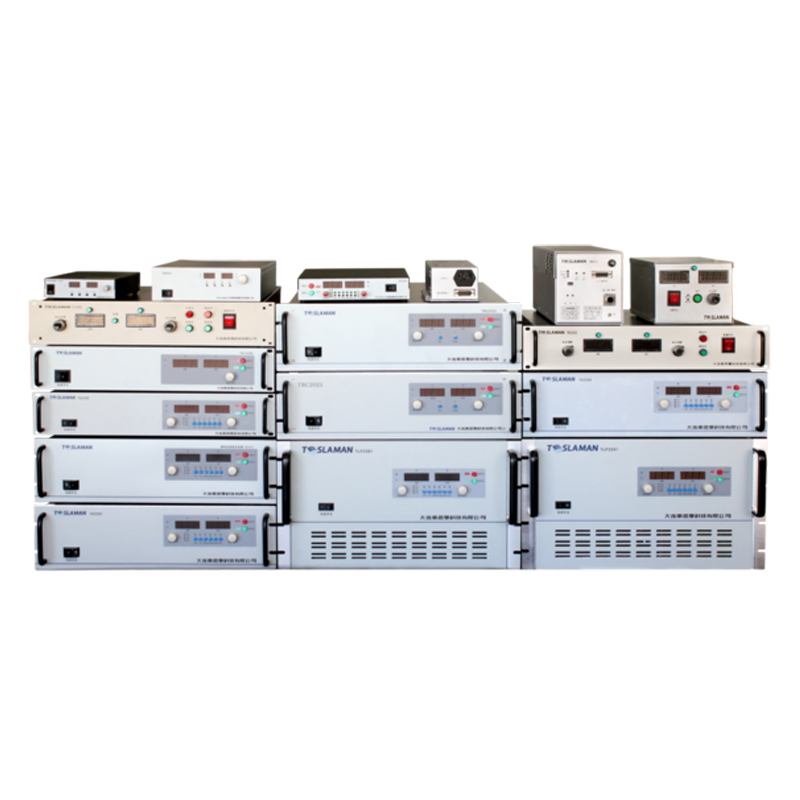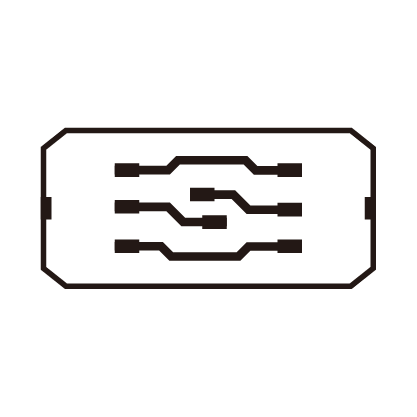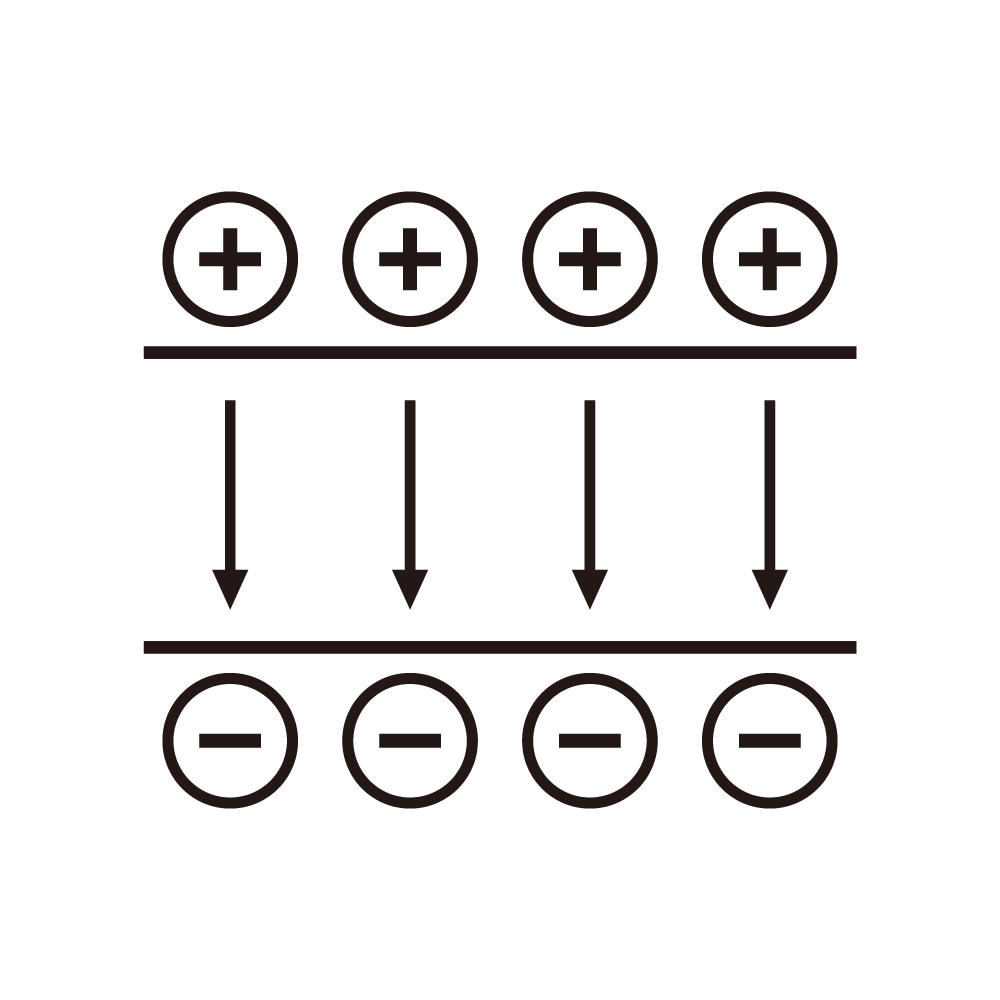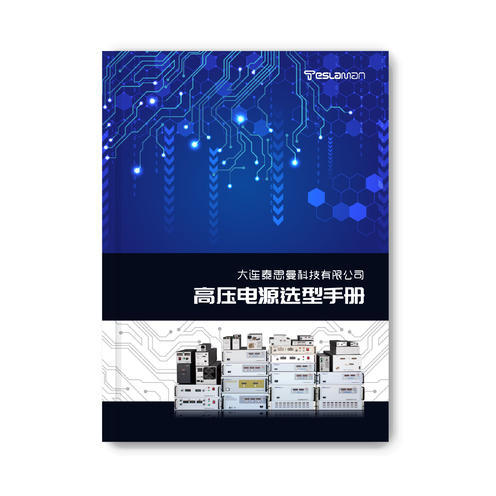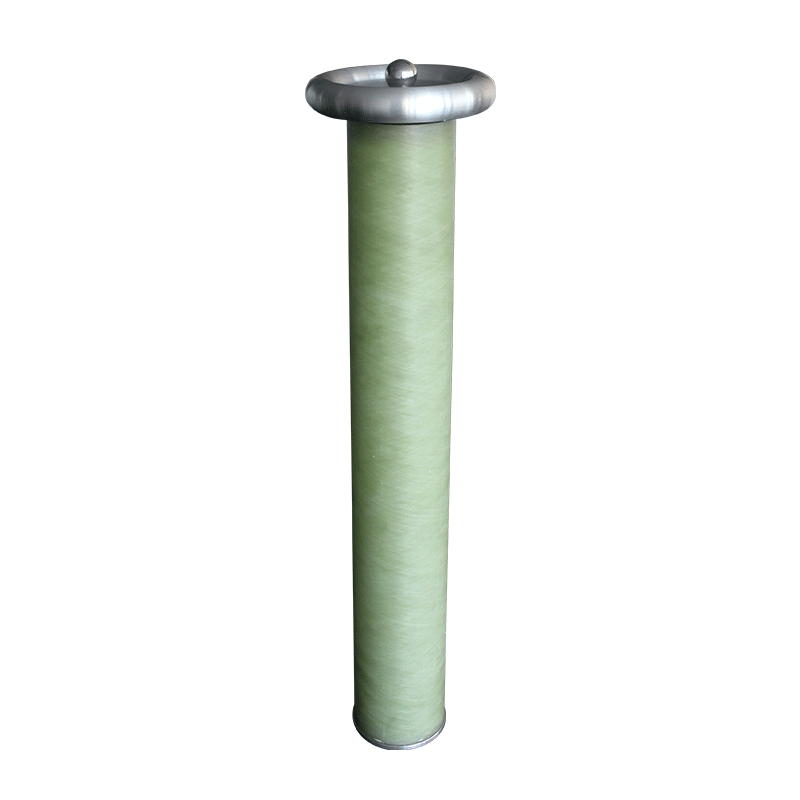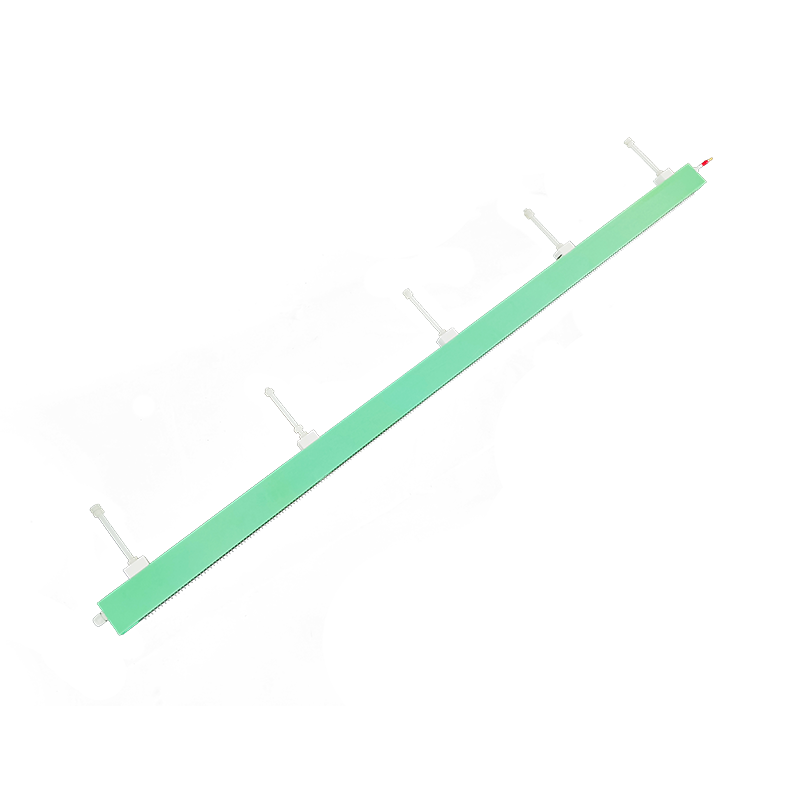Ensuring Ignition Success Rate of Plasma Ignition High-Voltage Power Supplies
Plasma ignition systems are widely used in internal combustion engines, gas turbines, and industrial boilers due to their high ignition energy and ability to ignite lean fuel-air mixtures. The high-voltage power supply in these systems generates a high-voltage pulse (typically 20 kV to 50 kV) to create a plasma arc, but factors such as voltage instability, insufficient energy storage, and environmental interference (e.g., humidity, dust) often lead to low ignition success rates (below 85% in harsh conditions).
To ensure a high ignition success rate, a robust design for the plasma ignition high-voltage power supply is proposed. First, a dual-energy storage circuit is adopted, consisting of a high-capacitance capacitor (10 μF, 60 kV) for energy storage and a low-inductance inductor (1 μH) for energy release. This circuit stores 12 J of energy per pulse, which is 50% more than traditional circuits, ensuring sufficient energy to form a stable plasma arc. Second, a voltage boost converter with a wide input voltage range (12 V to 36 V) is integrated to adapt to the varying input voltage of automotive or industrial power systems. The converter maintains the output voltage stability within ±5% even when the input voltage fluctuates by ±30%. Third, an environmental adaptation module is added, which adjusts the power supply’s pulse frequency (from 1 Hz to 5 Hz) and pulse width (from 10 μs to 50 μs) based on humidity (measured via a humidity sensor) and pressure (measured via a pressure sensor) data. For example, in high-humidity environments (>80% RH), the pulse width is increased by 30% to compensate for the increased electrical resistance of the air.
Field tests in a diesel engine (operating at -20°C to 40°C, humidity 30% to 90%) show that the optimized power supply achieves an ignition success rate of 99.5%, compared to 82% with the traditional power supply. Even in dusty environments (particle concentration: 100 mg/m³), the success rate remains above 98%. This design ensures reliable ignition of plasma ignition systems in harsh industrial and automotive environments, improving fuel efficiency and reducing exhaust emissions.
